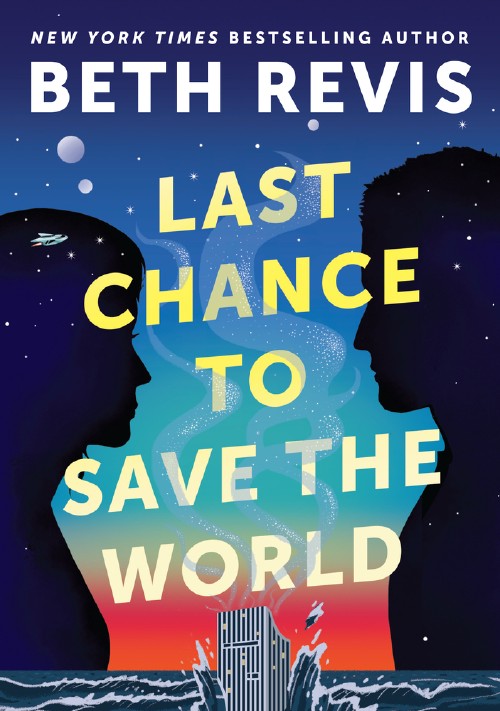I’ve been thinking about the people that use the websites I build. I’ve been thinking about them, because I’ve been learning how much who they are differs from who I imagine them to be. This gap, between who I build for and who actually exists in the real world is a failure on my part, and, I’ve learned recently, a failure not limited to me.
I’ve started reading Building Access, which is best described by Aimi Hamraie, the author, in their introduction:
I am concerned with the implications of how we imagine the figure of the user, justify design for particular users, and tell stories about the value of such design for broader questions of difference and belonging in the contemporary United States. Building Access, then, offers scholars, activists, designers, and others who support the project of accessible world-building a map of our paths to the present.
Hamraie has researched and written a fantastic book that helps us understand the politics embedded in Universal Design which as defined on universaldesign.ie
is the design and composition of an environment so that it can be accessed, understood and used to the greatest extent possible by all people regardless of their age, size, ability or disability.
If you’ve ever heard that “making things accessible improves them for everyone”, you’ve been introduced to ideas stemming from Universal Design. Hamraie seeks to understand historically what all people means, which they investigate by looking at the past century of political, design, and cultural understanding of disability and design. Using this history, they begin to understand the concept of the “user” as understood in Universal Design. I’m only in chapter 4, but so far the book is absolutely fascinating.
Last week WebAim released an accessibility analysis of the top 1 million sites worldwide, which revealed the state of accessibility on the web to be pretty damn shitty. I appreciate this project because it helps me think about the cumulative impact of industry-wide ignorance on accessibility. This week the web turned 30 years old, and the Millions project helps me roughly see what we’ve accomplished in the past 30 years.
It seems we have a lot of work to do.
Really smart people are writing about that work, see this piece by Ethan Marcotte or this piece by Eric Bailey, both are great. When I read the Millions report I immediately started thinking about the arguments and history in Building Access.
A lot of things I read about Accessibility (and hell, things I’ve written) focus on individual responsibility or individual tasks; think “How to make an Accessible X” guides. These are helpful, and remind us as web-makers that everything we do should be accessible. WebAim’s Millions report is a different sort of critique; rather than limiting our scope to a specific site or component, it zooms out to ask us what the world we’ve built looks like.
Despite the web growing up in a world where the ADA exists (signed into US law in 1990), despite the fact that HTML specifications bake in a ton of accessibility at the root level, when I look at the web from the perspective of the Millions report, what I see is that we have perpetuated the harmful structures of the physical world in the digital world. We have extended the discriminations and ignorances of the status quo, rather than building an exciting new future.
The Millions report is helpful for us who build the web to accurately look at what our industry is creating. If I as a web-developer build a site that is not accessible to all who want to access it, I am understanding my job poorly and failing at my given task. If we as an industry fail in this same way, for the majority of sites, something else is happening. I think Hamraie states the problem well:
At the core of the commonsense refrain that “the world was not designed with disability in mind” is the notion that making built environments is an exercise of power entangled with the politics of knowing.
We, as an industry, are shaping so many things in 2019. Think about the things in life that are mediated by web-based or web-reliant technology now: Communication with friends, family, and coworkers. Knowledge gathering via search. Interactions with businesses. Interactions with government agencies. Banking. Media. If you have a job, there are probably aspects of it that involve computer systems that replaced analog systems in the past few decades; whether it’s communication or time-tracking or payment. In 3 decades, the web has deeply infiltrated our society and become a central medium of modern culture.
The Millions report asks us to consider how the web industry has shaped the world. It reminds us that the entirety of the previous paragraph must be caveated with “for most people.” The future is here, but as William Gibson succinctly stated, it’s not evenly distributed. In the past few decades (basically the entirety of my life) we have redesigned our world to be founded on the web, but all of us who build the web collectively decided that we could ignore some people’s needs so that the work could be done faster.
I’m pretty ashamed of this, personally. I am absolutely complicit in this work, in this collective discrimination.
Building Access has been helpful because of what Hamraie states in the quote above: “making built environments is an exercise of power”. In the web industry there is so much collective knowledge that we are “building the future” and creating things that are changing people’s lives. New companies are being created, software is eating the world, people are getting rich, we are shaping the world! This rhetoric is exciting, but the Millions report is a sobering wake up call that reminds us of one central thing: The web industry has collectively exercised its power to state that disabled people do not belong here.
We have a lot of power in the world and we are using it poorly. When we keep building sites and products that are inaccessible, we are exercising our power as web makers to keep people out and solidify the status quo.
I don’t know about you, but I’m not ok with that. I would like to not be complicit anymore. But as the Millions report reminds me, I’m not going to be able to fix the system. We’re all in it together. So we—everyone who is involved in designing, creating, building, and scaling things on the web—gotta start getting our shit together. If you are with me, let me share one final thing I’ve learned recently.
We, the web makers, have broken the world. We did this because we did not know about or listen to the full range of people who use the web. The solution now is not only for us to rapidly learn accessibility standards and ARIA and patch all our websites. That only addresses the abuses of power we’ve perpetuated. The way to building a future that resolves some of the harm we’ve perpetuated is to change the power dynamics. Those whose voices were ignored, or silenced, or rendered inaudible by our choices are the people who should be hired and paid to help us build a better future. If we change the power structures so that previously excluded people are present in them, we reduce the chances that power will be used to harm specific groups of people.
Towards that end, if this downer of a post leaves you wanting something to act on, may I recommend watching this 20 minute talk by Liz Jackson at Interaction19 about how our attempts to foster empathy often cause us to perpetuate the systems of harm. This talk helped me imagine an industry that I’m not ashamed to work in. Now to figure out what I can do to help build it.
Note: in the initial version of this piece I misgendered Hamraie. I’ve updated the piece to use the correct pronouns.



